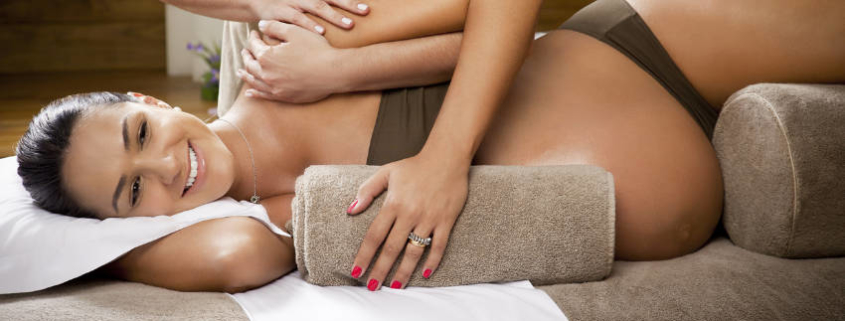Osteopathy can help during and after pregnancy
How Treatment Can Help After Childbirth
Caring for your new baby is a very physically and mentally demanding task. Your body has had to recover from the postural changes made during pregnancy but also the effects of delivery. Reaching over a cot, nursing in poor positions, lifting and carrying your baby on one hip can place enormous strain on the back and other parts of the body. Osteopathic treatment after childbirth is recommended to ensure that the mother returns to normal, physically and emotionally. This will allow her to relax and enjoy her new baby. Osteopathic treatment after childbirth is recommended to ensure that the mother returns to normal, physically and emotionally. This will allow her to relax and enjoy her new baby. Where an osteopath can help
- Pregnancy – Pregnancy Effects – Beat the Strain
- Back Pain in Pregnancy
- Can I see an Osteopath during pregnancy?
- It happened to me: Osteopathy worked wonders for my son
- Osteopathic treatment for infertility
- Combating the effects of Birth Trauma – Natural Birth – Caesarean Birth
- You And Your Crying Baby – Infant Colic
Being pregnant is a unique and powerful life experience, during which your body undergoes immense physical, hormonal and emotional changes. The effects of hormonal softening of ligaments, the position of the growing baby, postural changes and increases in weight can put additional pressure on your joints and muscles of your spine and pelvis. At Osteopathy Cape Town we are able to offer treatment during and after pregnancy to make this a more manageable and comfortable experience. Pregnancy will initiate numerous physical, hormonal and emotional changes over a relatively short period of time. Your body has to adapt to carrying up to 20lb (9kg) of baby, water (amniotic fluid) and placenta which can impose physical strain on all the organs and tissues. Benefits of Osteopathic treatment during and after pregnancy: Reduction of the aches and pains of pregnancy. Preparing for the demands of labour. Helping the mother to recover after birth. The common Aches & Pains during and after pregnancy Aches and pains are common during pregnancy due to the considerable changes to posture to accommodate for the increasing size and weight of the uterus and baby. Any mother with an existing back problem, or a history of strains or imbalances in her body from past accidents or trauma, may find it difficult to accommodate to these changes, and she may suffer more discomfort as a result.
How Ligaments Are Affected During And After Pregnancy
Ligaments of the pelvis soften during pregnancy due to the action of hormones to allow the pelvic joints flexibility to separate slightly. This increases the size of the pelvic outlet and thus encourages the passage of the baby’s head and shoulders through the pelvis. Unfortunately this softening affects the whole body and makes it more vulnerable to strain during the pregnancy.
Postural Changes
Postural changes and the weight of growing baby and breasts will cause your centre of gravity to move forward. This results in a progressively increased demand on the back and gluteal muscles in order to maintain an upright posture and keep the shoulders back. This may cause back ache, neck ache, shoulder ache, headaches, aching legs and undue fatigue. Osteopathic treatment can help the body adapt, and make the pregnancy much more comfortable.
Effects On Breathing
Breathing Difficulties due to postural changes to the body can impede the action of the diaphragm and make breathing difficult. Osteopathic treatment to improve function of the spine and rib cage will allow full use of available lung capacity.
How Treatment Can Help Prepare For Childbirth
Ensuring the mother’s pelvis is structurally balanced is an important preparation for childbirth. A history of coccyx, pelvic or sacrum bone trauma in the mother’s life can leave tension in muscles and ligaments and misalignment of the bones of the pelvis. This can limit the mobility of the pelvic joints (sacroiliac and symphisis pubis) as they move during labour, and thus limit the size of the pelvic outlet. Osteopathic treatment is effective at releasing restrictions and tension within the pelvis which can help give the best chance of an easy and uncomplicated labour.
View a list of common complains that Osteopathy can assist with
Discovery the benefits of Osteopathy
- What is Osteopathy?
- Adult health issues
- Babies and Children
- During and after pregnancy
- Common Complaints
- Testimonials
- Sports Injuries
- Genral Osteopathy FAQs
- The Science & Reasearch




Leave a Reply
Want to join the discussion?Feel free to contribute!